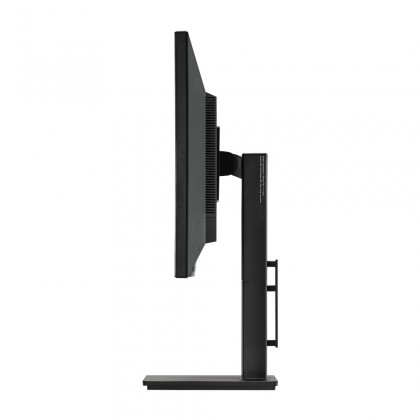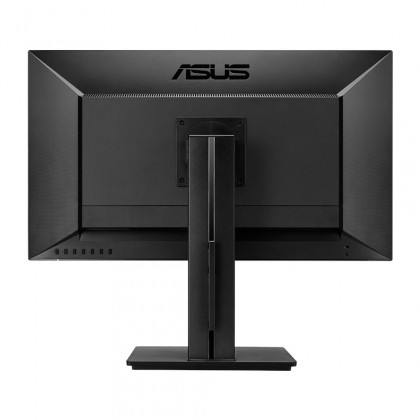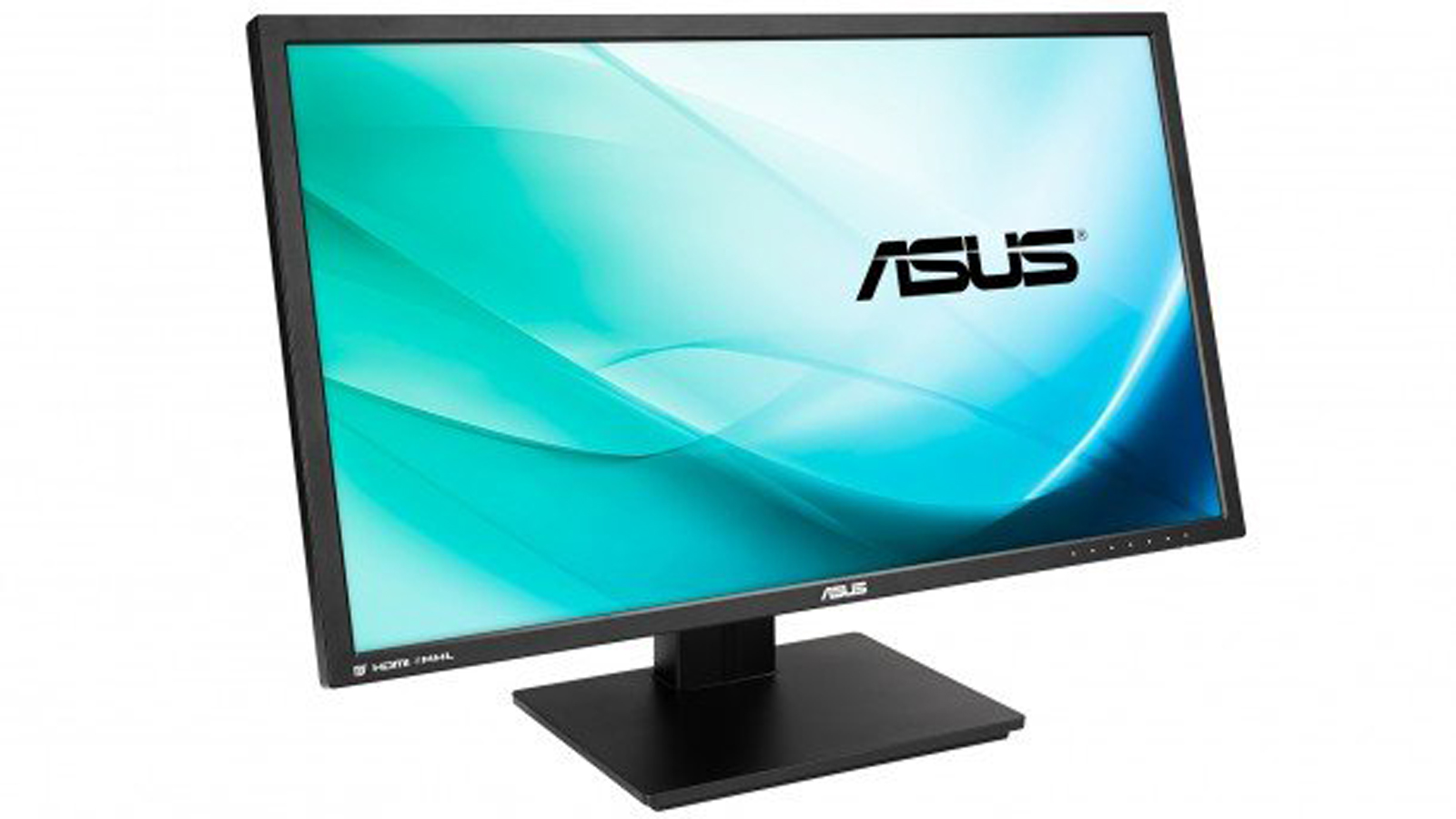Why you can trust TechRadar
The unit provides you with one DisplayPort 1.2 input and two HDMI inputs, one of which supports MHL. The unit’s Smart Cable Management will keep your cords tidy and behind the monitor stand, but it will be a useless feature if you enjoy rotating your screen to 90-degrees and back.
I suggest you rotate this screen often: it features easy to manipulate tilt, swivel, pivot, and height adjustment so you can comfortably adjust the screen to suit your vantage point (more on this later).
Some units, like the gorgeous Samsung UD970 offer similar flexibility, but because their bases can be creaky you’ll worry about damaging the unit with every adjustment. Not the Asus PB287Q.

Display features
The Asus PB287Q offers two picture-in-picture modes: one allows you to place one picture in a corner of the display and the other allows you to split the screen directly in half. This is a pretty neat feature. Unfortunately, models like the aforementioned Samsung unit provide you with viewing quadrants, rather than split modes, so you don’t have to limit your display to two images.
Photographers will enjoy the unit’s ability to scale its display into multiple image formats. You can adjust the screen to fit the following page sizes: B5, A4, Letter, 8”x10”, 5”x7”, 4”x6”, 3”x5”, and 2”x2”. So you’ll be able to see exactly what your image will look like in size and clarity prior to pressing the print button.
Cons
The matted bezel offers nothing you haven’t already seen. The monitor itself won’t wow anyone who walks into your office or studio. But that’s not why you’re buying it, right? The images on the screen will cause enough wowing that no one will notice the boring exterior.
You’ll be horrified by how hard it is to insert cables. If you’re standing in front of the unit you’ll have to reach underneath the bottom of the unit and up toward the mid-rear, where you’ll find The Valley of the Forgotten Inputs. Here, you’ll have to stick your fingers into a one-inch-deep hole where you’ll hopefully be able to align your plug with the socket. Godspeed. It’s a much easier process if you can get behind the unit, but that can be a pain in cramped offices.

I’m always shocked by how awful navigation on these monitors is. Even a wonderfully crafted unit like the Asus PB287Q doesn’t make it easy for me to switch between modes. This unit has your standard Menu button that triggers six option buttons. These six buttons allow you to choose how your screen will display.
However, the buttons are behind the screen and don’t correspond with the guides at the front of the screen. So as I went to select the Menu button I hit the Power button. When I went to hit the Increase button in order to brighten the display, I wound up hitting the Decrease button and darkened the display. Oy vey.
Perhaps the biggest issue I had with the unit was blind-spotting. If the sun is parallel to the unit and you look at the display from a side angle, you will lose some of the image. You’re typically used to losing image quality when the sun shines directly onto an image. However, I’ve never experienced this particular type of blind-spotting. Even my crappy Insignia TV from 2012 doesn’t have this issue.
